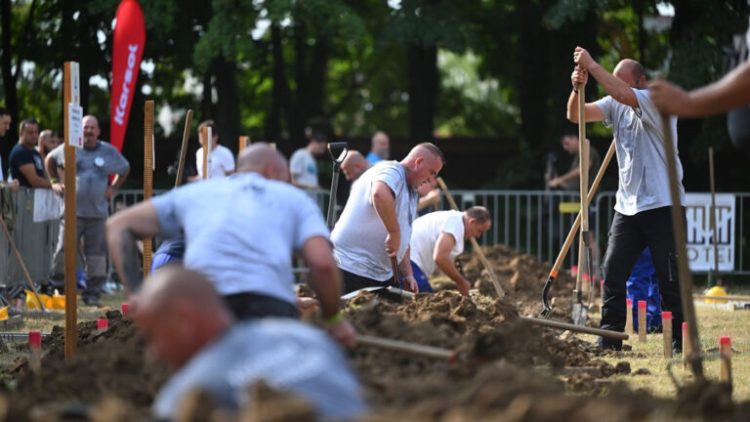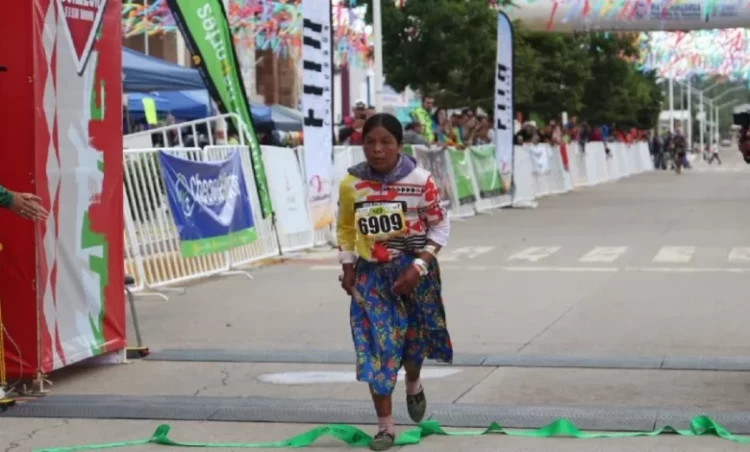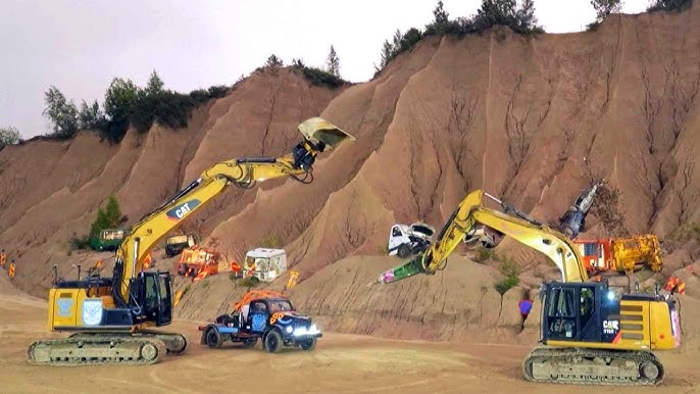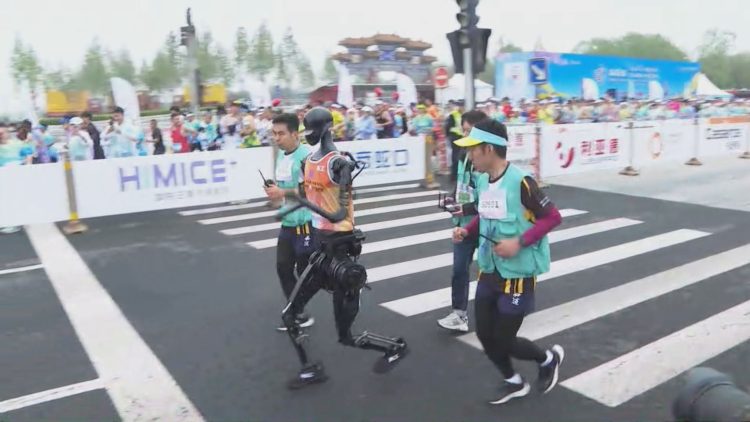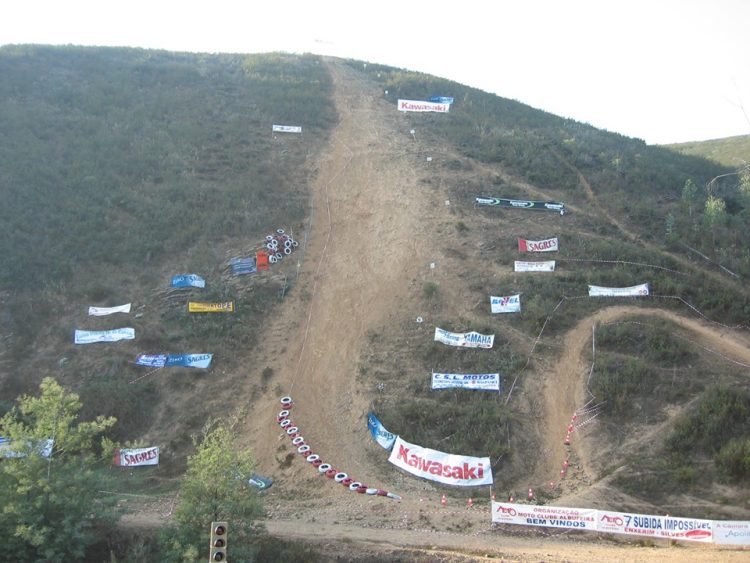Drone racing is a mushrooming trend in Australia, catering to a growing band of enthusiasts looking to fulfill their need for speed. The races, organised by underground ‘leagues’, generally take place in rundown warehouses, farms, and go-kart tracks in the fringe suburbs of various cities.
The relatively unknown sport is called FPV (first person racing). Participants spend countless hours custom building their quadcopters, fitting them with onboard cameras and ‘blinging’ them up with LED lights. During the actual events, racers don special goggles – sometimes held together with gaffer tape – to give them a drone’s-eye view as they steer their machines around the course. So it’s a lot like video gaming, except players get to control a real device instead of a virtual one.
“It’s addictive. It’s like playing a video game,” says drone racer Darren French, who has clocked over 60 kmph. “It’s fast. The more you do it, the more you want to fly.”
Photo: YouTube caption
A typical race starts at about 10am, with about 30 racers in attendance. They start off with a five-hour practice session in order to get used to the track. The actual race lasts for an hour. High-speed crashes and collisions are all part of the ‘Game of Drones’, adding to the risky, adrenaline-charged atmosphere. “You have complete freedom to move in any direction,” explained racer Mark Cocquio, adding that smaller quadcopters make racing easier and cheaper. “Because you have to pick your lines just right and have to react in a split second when things go wrong, racing is even more exciting. One mistake and a tiny gap you’re aiming for becomes a tree or a wall and you’re out.”
“Anyone who’s not crashing as far as I’m concerned isn’t trying hard enough. That’s half the fun,” said racer and real-life pilot Chad Novak, who’s rooting for FPV racing to become a full fledged sport in Australia. “I fly full size aircrafts and I like being up there but there’s no way you would catch me in my glider flying between two trees, because if I get it wrong I’m going to end up in a coffin. But with something like this, I can go out there and do it, and if I get it wrong, the worst thing that happens is that I have to rebuild the frame.”
“It gives you this freedom. That boyhood dream of just doing crazy things. You can do it now in a fun and safe way.”
As the drone racing scene in Australia is gaining more prominence, a few racers have gotten together to form QAROP (Quadcopter Aerial Race, Organisation & Promotion). The organization has introduced Australia’s first legal drone racing league, organizing meet-ups and races across the nation. According to QAROP director Chris Ballard, the scene is starting to pick up, but progress is stunted because of outdated aviation laws. He said that the Australian Civil Aviation Safety Authority (CASA) regulations – that were created for the model plane industry – haven’t been updated in nearly 20 years.
Current CASA regulations prevent drones from flying higher than 400 ft, over crowded areas, and within 30 meters of people at night. Because of these restrictions, model aircrafts can only fly in the ‘line of sight’. The rule doesn’t make sense for FPV drones, but it restricts the size of the location and the possibility of outdoor flying. It also puts a limit on the amount of usable frequencies for flying.
“One thing that’s holding us back at this stage is technology,” said Ballard, in an interview with Mashable Australia. “The technology allows for eight people to be in the air at the one time racing against each other, however the Australian laws limit frequencies we can use only really allowing four people to be in the air at once.”
Photo: Peter Ritchie
“New Zealand has laws that are much more open, much more advanced,” he added. “In terms of Australia, they are a little bit draconian simply because the rules were written in 1997, and what we do didn’t happen until two or three years ago. It is hard to relate these laws to what we do on a day-to-day basis.”
CASA officials, however, have a different view of things. Their spokesperson Peter Gibson told Mashable Australia that most of the rules do apply to drones. “Despite the fact some of the rules don’t apply indoors, the overarching one of safety does. They have to make sure they are not causing any risk to anyone or anything,” he said. “Anyone who wants to undertake drone racing, they have an obligation to not cause a risk. “If you want to organize drone racing, seek our advice on how you might approach it.”
Photo: YouTube caption
Ballard agrees: “It would be nice to do what we like, but we understand there are safety issues involved particularly with people who don’t understand the given situation. We stick to them, we advise our members to stick to them and we work our way around it.”
Drone racing is not a cheap hobby, especially because ready-made drones aren’t really suited for high-speed racing. Racers have to resort to making their own machines by hand, with costs running into thousands of dollars. “You could get away with flying a race for $300,” Ballard said. “On the other end of things, people that get serious can spend anywhere upwards of $2,000 on a single drone.”
“These days the startup cost is roughly $1,000 to $2,000 all up,” Cocquio added. “But that includes one-off items like your radio, goggles and battery charger. The danger is that once you have one racer, it becomes much cheaper to buy more. Then suddenly you have a full stable of the things and have spent, who knows, how many thousand bucks.”
Ballard says that the races attract people from all walks of life. He’s got farmers, students, 12-year-old kids, and IT guys, along with commercially-licensed drone operators, in his local flying group. He explains that it isn’t about who you are, but how quickly you’re able to learn.
“It requires a lot of patience, it is a big and constant learning curve,” he explained. “You have to learn everything from soldering, to basic computer programming, aerodynamics, the way piloting works, video transmission. There is a large array of very diverse subjects that you have to get a basic understanding of to make work what you are trying to make work.”






